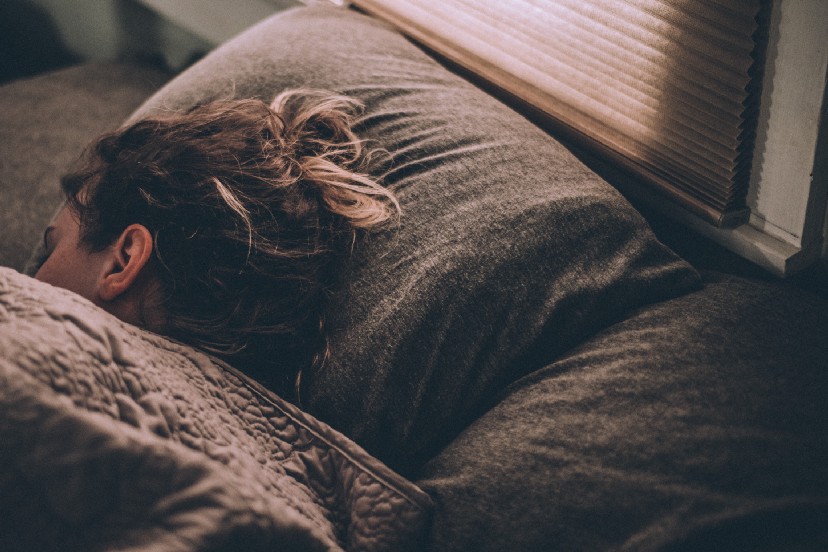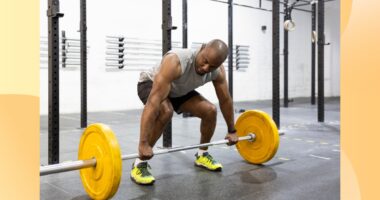
Like most people, Andrew Wellman changes his sleeping position many times during the night. And like most people, he rarely notices it. “The only time I notice myself rolling on my back is when my wife elbows me because I start snoring,” says Wellman, director of the Sleep Disorders Breathing Laboratory in the Division of Circadian and Sleep Disorders at Brigham Hospital and Women’s in Boston.
“A lot of my patients tell me they sleep on their sides,” says Wellman. But when monitored by position sensors in the sleep lab, many self-proclaimed side sleepers are on their backs for up to 30% of the night, “and they didn’t know it.”
Sleep occurs in a repeating series of cycles, from light to deep to the phase called rapid eye movement (REM) when most dreams occur. We wake up after each cycle, even if we don’t realize it.
“Everyone wakes during the night five to seven times after each sleep cycle ends, and then quickly goes back to sleep, often with a brief movement, sometimes changing position,” explains Shelby Harris, a psychologist and professor Associate of the Albert Einstein. New York City School of Medicine and author of The Women’s Guide to Overcoming Insomnia.
Pick your preference
Sleep experts agree that there is no one ideal sleep position for everyone. Sleep advice websites make many unsubstantiated claims: that sleeping on the right side protects the heart but causes wrinkles on the face, and that sleeping on the back helps cleanse the brain of debris.
But there is very little research to suggest that any one position is better than another.
For healthy people, “it’s just a matter of preference,” says Alcibíades Rodríguez, medical director of the Sleep Center at NYU Langone Health and an assistant professor of neurology at NYU School of Medicine.
But for a person with pain or certain medical conditions, correct positioning can become important, Rodriguez says, especially as we age.
People with back pain can relieve themselves by sleeping on their back, according to the Cleveland Clinic, with a small pillow or rolled-up towel under the knees to relieve pressure. If that’s not comfortable, sleeping on your side and switching sides at night might work.
Placing a pillow between the knees can relieve back and hip pain for some people. Most experts advise against sleeping on your stomach, as it forces your neck to turn to one side and throws it out of alignment, which can cause back pain.
READ RELATED: Whey Protein Benefits & How to Use
If you need to sleep on your stomach, try skipping the pillow or placing another pillow under your pelvis to reduce strain on your back and neck, advises the Mayo Clinic.
Where you sleep matters
“Children sleep anywhere,” says Rafael Pelayo, a sleep specialist at the Stanford Center for Sleep Medicine. “Teenagers sleep anywhere. Like most college students.
The growing bodies and minds of young people demand and encourage deeper sleep, explains Pelayo. That’s why their arousal threshold, what it takes to wake them up, is so much higher.
“Most people say that they sleep better in their own home,” says Pelayo. Not so with insomniacs. “With all the frustration, the twists and turns of insomnia, you create negative associations towards your bedroom.
You dread going to bed. So when you go on a trip, you go to a hotel, suddenly you get away from that environment and you sleep better.
There is another important factor that matters a lot to people: which side of the bed people sleep on.
“The first night you share a bed with someone, each one chooses a side of the bed,” says Pelayo. “From now on, don’t ever discuss it again. This becomes your side. This becomes my side.”
At the Stanford Sleep Lab, he says, people who’ve had a bed partner for years tend to pick one side of the bed and ignore the other half, even if the bed is big and they’re alone. And that territorial character extends beyond the home.
“If you’re traveling, when you get to the hotel room with your partner, you say: ‘This is my side, this is your side,’” says Pelayo. Some people even consider it an invasion of privacy if they’re out of town and a bed partner walks past them. “You’ll say, ‘You used my pillow last night while I was gone. Why did you do that?’”
Source: crfatsides










